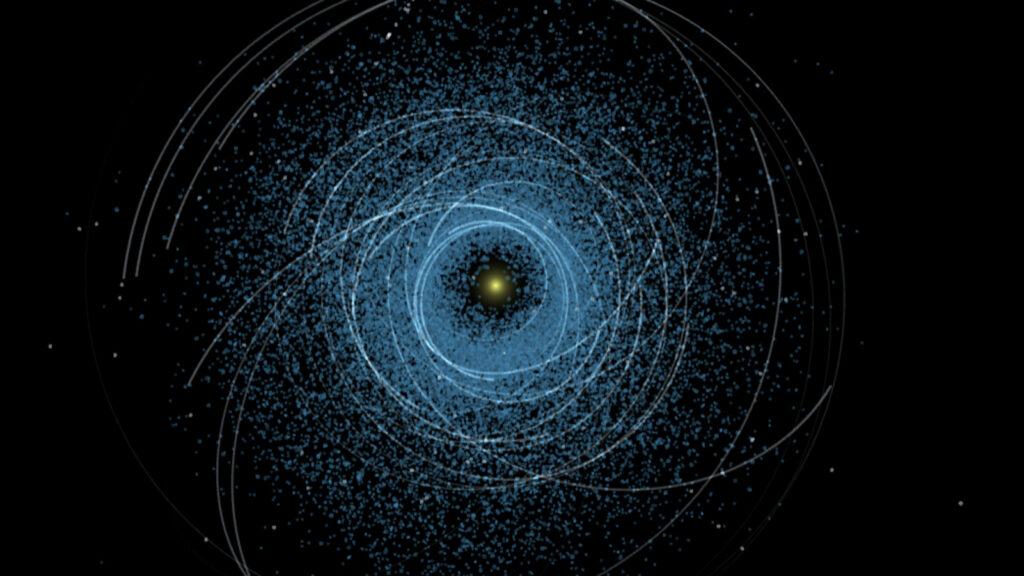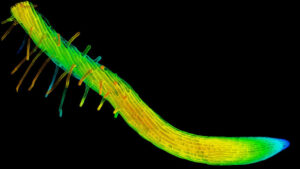
World Asteroid Day 2025 is set to captivate astronomy enthusiasts and the general public alike with a unique opportunity to witness near-Earth asteroids in real-time. On June 30, viewers can join a free livestream hosted by the Virtual Telescope Project, providing a closer look at these celestial wanderers from the comfort of their homes.
This year’s event marks the 10th anniversary of World Asteroid Day, an initiative supported by the United Nations to raise awareness about asteroids, their scientific significance, and efforts to mitigate potential risks. The date is symbolic, coinciding with the anniversary of the 1908 Tunguska event, where a massive meteor explosion over Siberia flattened millions of trees and ignited widespread fires.
The Virtual Telescope Project’s Livestream
The Virtual Telescope Project has announced a special livestream to commemorate World Asteroid Day, featuring real-time views of near-Earth asteroids. Scheduled to begin at 5 p.m. EDT (2100 GMT) on June 30, the stream will be accessible via the project’s YouTube channel, offering viewers insights into the characteristics and potential impact risks of these ancient space rocks.
Our planet’s history is marked by numerous asteroid impacts, with the most significant, such as the Chicxulub impactor, causing mass extinctions and altering Earth’s evolutionary path. Fortunately, such catastrophic events are rare. According to NASA’s Center for Near Earth Object Studies, no large asteroid capable of widespread destruction is predicted to collide with Earth in the next 100 years.
Efforts to Mitigate Asteroid Threats
While asteroid impacts have long been the subject of science fiction, recent years have seen concrete steps taken by the global community to prepare for potential collisions. The annual Planetary Defense Conference, involving NASA, the European Space Agency (ESA), and other partners, focuses on strategies to prevent and respond to hypothetical asteroid impacts. These exercises explore challenges such as mission design speed and effective public communication.
Beyond theoretical planning, practical measures have also been implemented. In September 2022, NASA’s Double Asteroid Redirection Test (DART) made history by colliding with the 160-meter-wide moonlet Dimorphos, part of the Didymos binary asteroid system. This mission demonstrated that a kinetic impact could alter the trajectory of a small celestial body, offering a potential defense strategy for Earth. The European Space Agency’s Hera mission is set to visit the Didymos system in December 2026 to study the impact’s aftermath.
The Role of Advanced Observatories
In addition to active defense measures, continuous monitoring of the night sky is crucial for identifying potential threats. The Vera Rubin Observatory, with its powerful telescopic capabilities, is poised to enhance these efforts significantly. Located atop Cerro Pachón in Chile, the observatory’s primary mission is to explore dark energy and dark matter, but its initial observations have already proven its prowess as an asteroid hunter.
In just a few nights, astronomers using the Rubin Observatory identified 2,104 new near-Earth objects, with estimates suggesting the potential discovery of up to five million more in the coming years. As Željko Ivezić, Deputy Director of Rubin’s Legacy Survey of Space and Time, noted, “This is five times more than all the astronomers in the world discovered during the last 200 years since the discovery of the first asteroid.”
“We can outdo two centuries of effort in just a couple of years,” Ivezić stated during a press conference unveiling the observatory’s first images on June 23.
Looking Ahead
As World Asteroid Day 2025 approaches, the global community continues to advance its understanding and preparedness for potential asteroid threats. The combination of international collaboration, innovative technology, and public engagement ensures that humanity is better equipped than ever to face the challenges posed by these ancient cosmic travelers.
The livestream on June 30 offers a unique opportunity for individuals worldwide to connect with the universe and appreciate the ongoing efforts to safeguard our planet. As we celebrate a decade of World Asteroid Day, the event serves as a reminder of both the wonders and potential dangers of our solar system.






